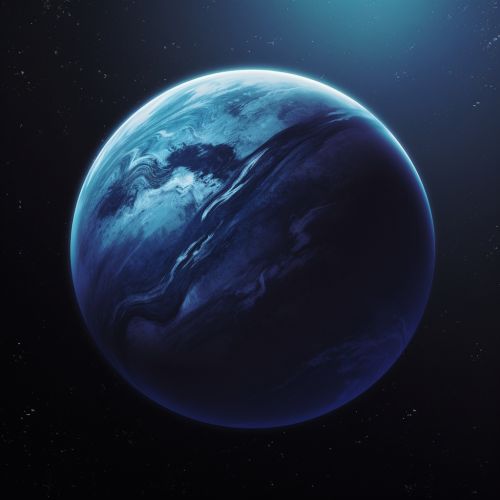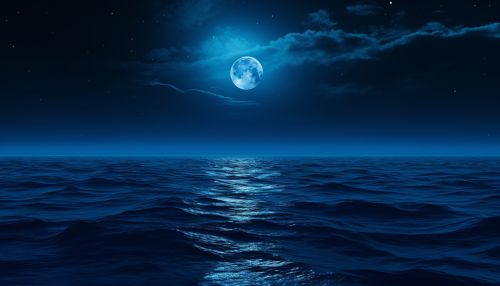Neptune
Discovery and Naming
Neptune was first observed by Galileo in 1612, but he mistakenly identified it as a fixed star. The official discovery of Neptune is credited to Le Verrier, a French mathematician, and Galle, a German astronomer, in 1846. The name Neptune was proposed by Galle, following the ancient Roman tradition of naming planets after their gods. Neptune was the Roman god of the sea, which is fitting considering the planet's deep blue color.
Physical Characteristics
Neptune is the fourth largest planet in the solar system by diameter and the third largest by mass. It is 17 times the mass of Earth and slightly more massive than its near-twin Uranus. Neptune is composed primarily of hydrogen and helium, with traces of methane that give it its blue color. The planet's atmosphere also contains icy clouds and a rapidly moving, high-altitude haze layer.


Internal Structure
Neptune's internal structure is similar to that of Uranus. Its interior is primarily composed of ices and rock. Neptune's mantle is equivalent to 10 to 15 Earth masses and extends for approximately 7,000 km. This mantle is rich in water, ammonia and methane. The core of Neptune is composed of iron, nickel and silicates, with an estimated mass about 1.2 times that of Earth.
Atmosphere
Neptune's atmosphere is composed predominantly of hydrogen and helium, with a smaller amount of methane. The methane absorbs red light, which gives the planet its blue hue. High, thin clouds drift in the upper atmosphere. Neptune has a notably active weather. Large storms whirl through its upper atmosphere, and high-speed winds track around the planet at up 600 meters per second.
Magnetosphere
Neptune has a strong magnetosphere, tilted 47 degrees from the planet's rotation axis and offset at least 0.55 radii (about 13,500 kilometers) from the physical center. Comparing its magnetic field to the Earth's, Neptune's is about 27 times more powerful.
Moons and Rings
Neptune has 14 known moons, the largest of which is Triton. Triton is the only large moon in the solar system that orbits in the opposite direction of its planet's rotation, a retrograde orbit. Neptune also has a faint and fragmented ring system, which was first detected in 1968.
Exploration
Neptune has been visited by only one spacecraft, Voyager 2, which flew by the planet on August 25, 1989. Voyager 2 discovered Neptune's Great Dark Spot and its fragmented ring system. The spacecraft also discovered six new moons.
